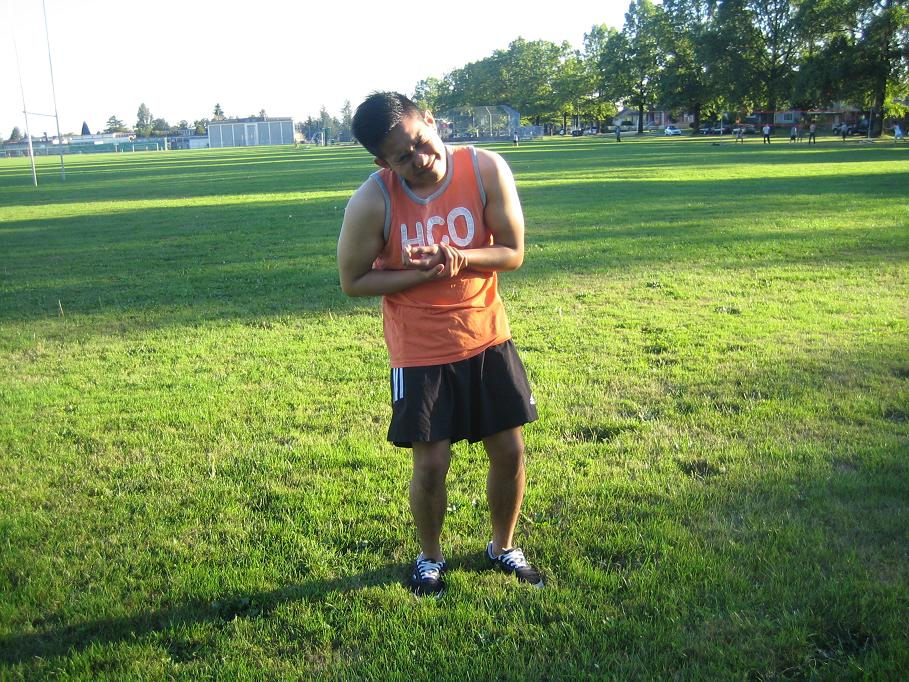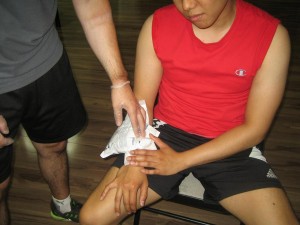A boil is a skin infection that begins with a reddened and tender area and eventually the area becomes firm, hard and becomes more tender. The center of the boil will turn soft and filled with white blood cells coming from the bloodstream to eliminate the infection. The build up of white blood cells, bacteria and proteins is pus.
[youtube url=”https://www.youtube.com/watch?v=nqnqMCM71FM” width=”220″]The pus will form a head that the doctor opens surgically or drain out through the surface of the skin. The pus is enclosed in tissues called abscess. A boil is also called skin abscess. It can develop in any areas of the body especially the trunk, buttocks, groins and the extremities.
Types of boils
- Furuncle or carbuncle. A furuncle has one or more openings on the skin and the person will have fever or chills while a carbuncle is a large abscess on clumps of hair follicles and develops a hard lump on the skin.
- Cystic acne is a type of abscess that develops if there is blockage of the oil ducts and develops infection which usually happens on the face.
Apply a warm compress on the affected area to lessen the pain, promote proper circulation of blood and fast healing of the condition. - Hidradenitis suppurativa involves multiple abscesses that develops under the armpits and sometimes in the groin area due to inflammation of the sweat glands.
- Pilonidal cyst is a unique kind of abscess that develops in the creases of the buttocks after long periods of sitting.
What are the causes?
- Boils can be triggered by ingrown hair
- Splinters or foreign material that embedded in the skin
- Clogged sweat glands
Treatment
- Apply a warm compress on the affected area to lessen the pain, promote proper circulation of blood and fast healing of the condition. Soak a clean washcloth in warm water and place it over the affected area for at least 10 minutes. Warm salt water can also be used. The compress should be wet and warm. Repeat the process 3-4 times every day.
- Onions contains antiseptic chemicals that are effective antimicrobials that can be used in treating boils. Slice fresh onions and place it over the boil and wrap it with a cloth and leave in place for a few hours to draw blood and heat to the boil. Repeat this process 3-4 times every day until the boil drains.
- Garlic has antimicrobial and anti-inflammatory properties that are helpful with the condition. Make a paste by crushing 2-3 garlic cloves and apply it on the boil. Another alternative is by heating a garlic clove and place it on the boil for at least 10 minutes several times every day. Consume 2-3 cloves of garlic are also good for the condition.
- Heat a cup of milk and mix it with 3 teaspoons of salt. Mix thoroughly and add some flour and crumbled bread to thicken the mixture. Apply the mixture to the boil several times every day. Another way is mixing milk cream with vinegar and turmeric powder and apply it directly on the boil.
- Avoid squeezing or breaking the boil open to prevent making the condition worse
- Make sure to wash towels and compresses that have touched the boil to prevent the spread of infection.
FACT CHECK
https://www.healthline.com/health/how-to-get-rid-of-a-boil
https://www.nhs.uk/conditions/boils/
https://www.webmd.com/skin-problems-and-treatments/guide/boils#1


